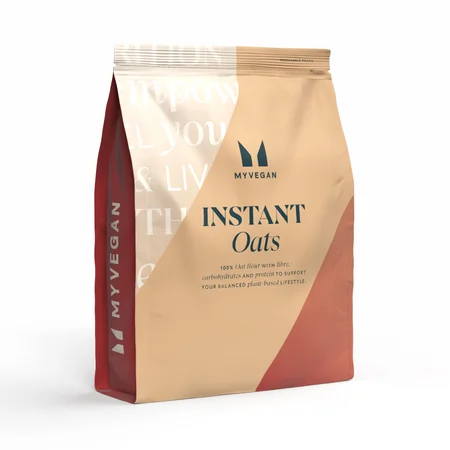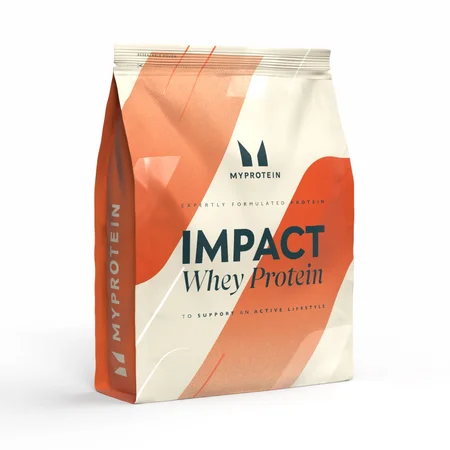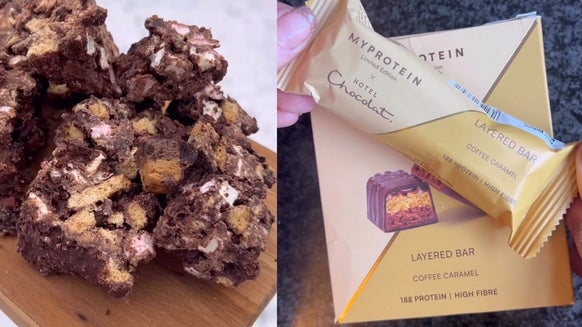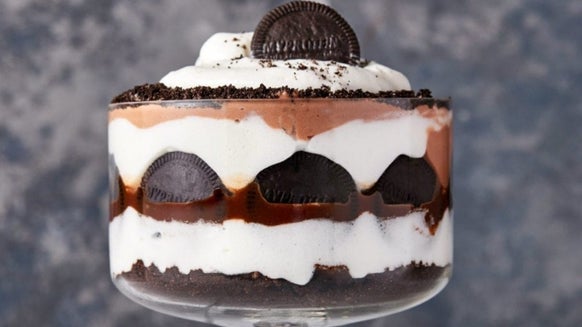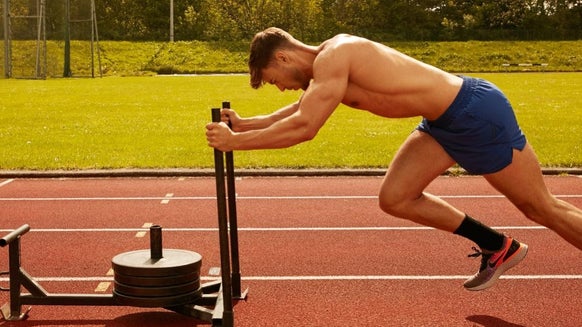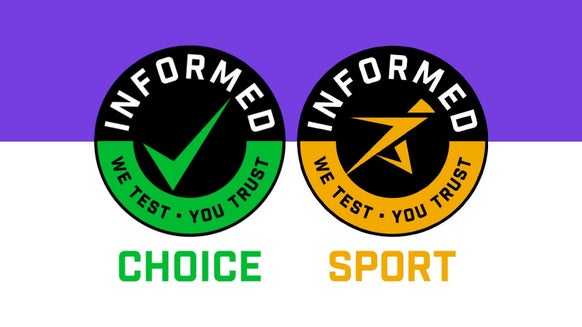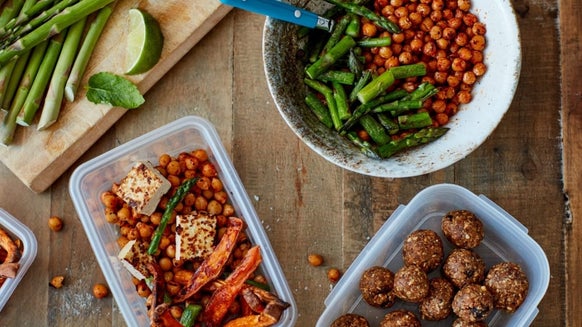Push Pull Legs Routine | The Best Mass-Building Workout Split
Monday: chest, Tuesday: shoulders, Wednesday: legs. Sound familiar?
Ever noticed people in the gym performing the same body part workouts on the same days, using the same exercises and the same weights... and often look the same?
If you're looking to pack on some solid muscle mass, it's time to mix up an average training routine.
Mass-Building Basics
Push, pull and legs is a very simple, yet effective training split for anyone, ranging from those picking up their first barbell to hardened gym veterans. Push workouts include chest, shoulders and triceps. Pull workouts take care of back and biceps. While leg workouts cover quads, hamstrings and calves.
The reason it works so well is that it places more emphasis on multi-joint compound exercises than on isolation-based exercises. Don’t expect set after set of pec deck and preacher curls in this program. The main reason for the majority of these workouts being comprised of compound exercises is exercises like barbell bench press, squats and deadlifts offer the most 'bang for your buck'. They involve multiple muscle groups and allow the most room for progression of reps and weight. This means more growth for you.
Putting It All Together
The basic premise of any push, pull and legs programme will always be similar, but there will be subtle differences for those just getting started in the gym to those who have been slinging iron for years.
The first major difference between the beginner program and the advanced program is the addition of training days. The advanced trainer will be training two days on and one day off, which allows for increased frequency of hitting body parts, leading to more opportunities for growth and recovery.

BEGINNERS Routine Split
The focus for the beginner should be to learn proper technique and form, therefore all sets should be stopped 1-2 reps shy of true failure (whereby another rep could not be completed without comprising form) unless stated.
The beginner is also only training 3 days a week, with at least a day’s rest after each session. This is to promote recovery between workouts as a beginner’s recovery capabilities will much less than a more experienced gym-goer.
Training days >> Monday, Wednesday and Friday.
| Exercises | Sets & Reps |
| Deadlifts | 3 x 5-8 reps |
| Close Grip Chin-ups | 3 (Bodyweight > failure) |
| Bent Over Rows | 2 x 8-12 reps |
| Wide-Grip Cable Row | 2 x 10-12 reps |
| Barbell Curls | 2 x 12-15 reps |
| Exercises | Sets & Reps |
| Flat Barbell Bench Press | 3 x 8-12 reps |
| Incline Dumbbell Press | 2 x 10-12 reps |
| Standing Military Press | 3 x 6-8 reps |
| Wide-Grip Upright Rows | 2 x 12-15 reps |
| Narrow Grip Dips | 3 Bodyweight > failure |
| Cable Pushdowns | 2 x 12-15 reps |
| Exercises | Sets & Reps |
| Squats | 2 x 10-12 reps |
| Leg Press | 3 x 6-8 reps |
| DBell Stiff-legged deadlift | 2 x 12-15 reps |
| Leg Extensions | 2 x 15-20 reps |
As you can see in the beginner programme, there are very few isolation exercises. The programme focuses on the old-school basic mass movements such as deadlifts, squats and standing military press. This is for two reasons:
- It gives beginners a great foundation of strength and teaches basic lifting techniques rather than relying on machines.
- It works a large number of muscle groups at once including the all-important core muscles, which are often neglected by beginners and are very important to handle heavier weights as the beginner progresses.

Advanced Routine Split
An advanced trainer who is used to weights as a stimulus will have much greater recovery capabilities than their less experienced counterparts. They'll be able to benefit and grow with extra training, whereas a beginner could burn out and potentially not progress.
Rest days >> Day 3, 6, and 9.
| Exercises | Sets & Reps |
| Deadlifts | 1st: 3-5 reps 2nd: 6-8 reps |
| Underhand Pulldowns | 2 x 8-12 reps |
| Dumbbell One Rows | 1st: 6-8 reps 2nd: 12-15 reps |
| Pendlay Rows | 1st: 6-8 reps 2nd: 12-15 reps |
| Skull Crushers | 3 x 8-12 reps |
| Rope Hammer Curls | 2 x 12-15 reps |
| Exercises | Sets & Reps |
| Incline Bench Press | 1st: 6-8 reps 2nd: 8-12 reps |
| Flat Dumbbell Press | 2 x 8-12 reps |
| Wide-Grip Dips | 3 (Bodyweight > failure) |
| Dumbbell Shoulder Press | 2 x 8-12 reps |
| Arnold Press | 2 x 12-15 reps |
| Skull Crushers | 3 x 8-12 reps |
| Underhand Pushdowns | 2 x 12-15 reps |
| Exercises | Sets & Reps |
| Front Squats | 1st: 6-8 reps 2nd: 12-15 reps |
| Feet Low & Close Leg Press | 2 x 15-20 reps |
| Stiff-legged deadlifts | 6-8reps > 8-12 reps |
| Glute Ham raises | Bodyweight > Failure |
| Walking lunges | 2 x 20 each leg |
| Exercises | Sets & Reps |
| Bent Over Rows | 1st: 6-8 reps 2nd: 8-12 reps |
| T-Bar Row | 2 x 6-8 reps |
| Close Grip Chin-ups | 3 (Bodyweight > failure) |
| Rack Deadlifts | 1st: 3-5 reps 2nd: 6-8 reps |
| Barbell Curls | 3 x 8-12 reps |
| Reverse Grip Cable Curls | 2 x 12-15 reps |
| Exercises | Sets & Reps |
| Decline Bench Press | 1st: 6-8 reps 2nd: 8-12 reps |
| Incline Dumbbell Press | 2 x 8-12 reps |
| Flat Machine Press | 2 x 10-12 reps |
| Seated Smith Machine Shoulder Press | 2 x 8-12 reps |
| Wide-Grip Upright Rows | 2 x 12-15 reps |
| Close-Grip Bench Press | 2 x 6-8 reps |
| Overhead Rope Extensions | 3 x 12-15 reps |
Day 8 | LEGS 2
| Exercises | Sets & Reps |
| Squats | 1st: 6-8 reps 2nd: 8-12 reps |
| Lying Leg Curls | 2 x 12-15 reps |
| Hack Squats | 2 x 15-20 reps |
| Smith Machine Front Squats | 2 x 15-20 reps |
- Stretching and foam rolling is also recommended on this program to aid the recovery process even more. You will also notice on initial compound exercises the inclusion of a lower rep set. This is in a strength building range, rather than hypertrophy and will give carry over on subsequent hypertrophy sets.
The reason for the inclusion of these strength sets is that the advanced trainer should be looking to lift more each session be it by a rep or by an increase of 0.5kg. This is known as 'progressive overload ' which means if you’re getting stronger each session you will be growing each session and vice versa. So adding in some strength sets will aid this. - Also, this means the advanced trainer should be logging workouts every time they train so they can look back and see what was done previously and aim to beat it. This is why there are 2 rotations of each workout as progression can grind to a halt much quicker if following the same workout for body parts over and over.
Take Home Message
If you're serious about putting on mass and building strength, give push, pull and legs a try.
For best results, fuel your muscles with a protein shake after a heavy session.
READ THESE NEXT:

